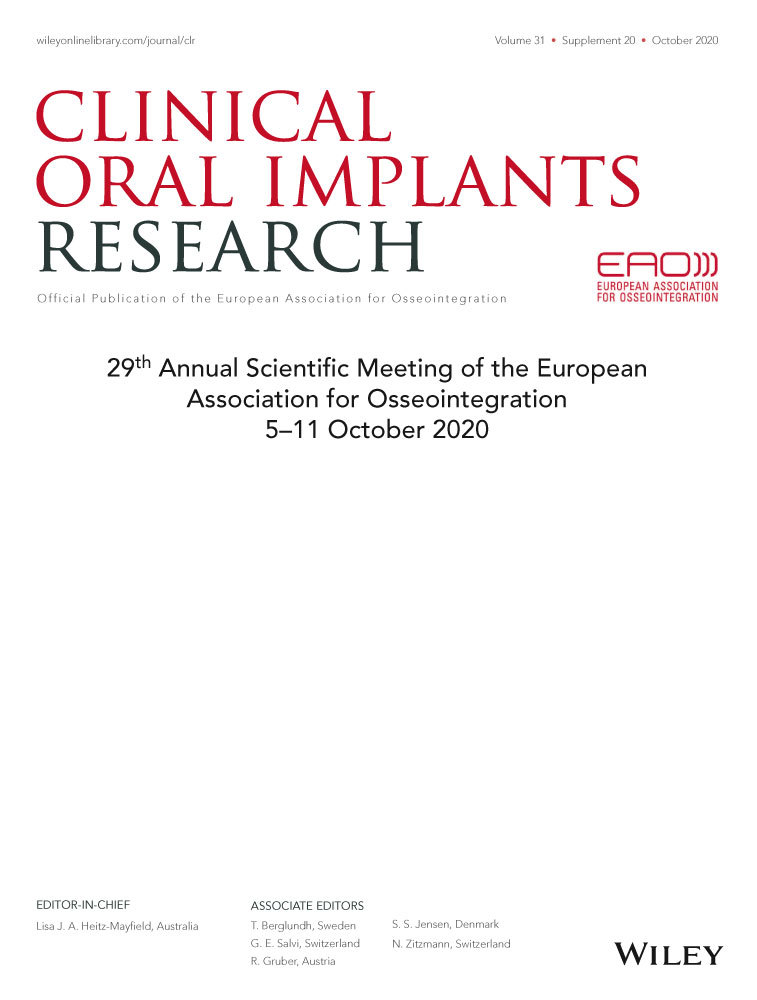Recognizing the peak bone mass (age 30) as a cutoff point to achieve the success of orthodontic implants
MSI9X ePOSTER CLINICAL RESEARCH – SURGERY
Background: The mechanical strengths of orthodontic implants has also been extensively investigated, including insertion torque, primary stability, removal torque, and pullout strength. However, a certain percentage of orthodontic implants still fall off or lose their functions during the orthodontic treatments. Therefore, it is imperative to explore the related risk factors of orthodontic implant failures.
Aim/Hypothesis: The aim of present study was to investigate the critical risk factor (age 30: peak bone mass) to evaluate the success of orthodontic implants. The null hypothesis was no statistically significant correlation between age ≤ 30 years and age > 30 years.
Materials and Methods: A total of 426 orthodontic implants were placed in 270 patients as orthodontic anchorages. Data were analyzed according to patient's characteristics, location of placement, implant categories, and orthodontic force. The young patients were the age ≤ 30 years and the older patients were the age > 30 years. Statistical analysis was performed and a P value < 0.05 was considered to indicate statistical significance. The Chi-square or Fisher exact test was used depending on sample sizes.
Results: The overall success rate (with and without predrill) was 89.2%. The success rate of orthodontic implants was significantly larger in younger patients (89.9%) than in older patients (76.1%). Recognizing age-related factor in the success rates, older patient (> 30 years) were significant lower than young patients (≤ 30 years) in the gender (female and male), malocclusion (Class II), facial pattern (ortho and hyperdivergent), location (infrazygomatic crest), jaw (maxilla), side (right), material (titanium and stainless), length (9 mm and 10 mm), diameter (2 mm), load (< 3 weeks), and force (intrusion). Therefore, the null hypothesis was rejected. Age 30 is a cutoff point to achieve the success of orthodontic implants.
Conclusions and Clinical Implications: The success rates of older patients (age > 30 years) were significant lower than young patients (age ≤ 30 years), especially in female.




